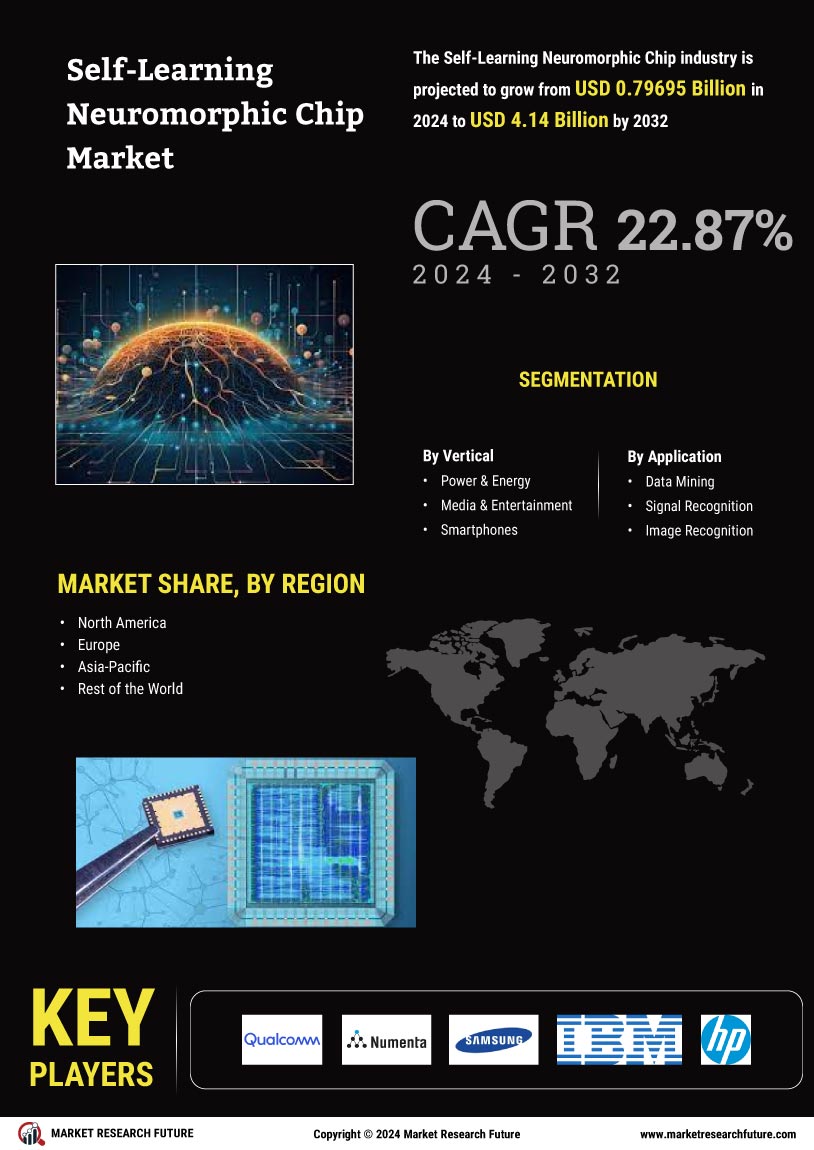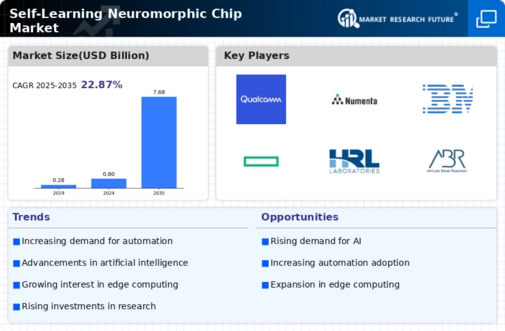Leading market players are investing heavily in research and development to expand their product lines, which will help the Self-Learning Neuromorphic Chip market grow even more. Market participants are also undertaking various strategic activities to expand their global footprint, with important market developments including new product launches, contractual agreements, mergers and acquisitions, higher investments, and collaboration with other organizations. To expand and survive in a more competitive and rising market climate, the Self-Learning Neuromorphic Chip industry must offer cost-effective items.
Manufacturing locally to minimize operational costs is one of the key business tactics manufacturers use in the global Self-Learning Neuromorphic Chip industry to benefit clients and increase the market sector. In recent years, the Self-Learning Neuromorphic Chip industry has offered some of the most significant medical advantages.
Major players in the Self-Learning Neuromorphic Chip market, including Qualcomm (US), Numenta (US), Samsung Group (South Korea), IBM (US), Hewlett Packard (US), Brain chip Holdings Ltd. (US), HRL Laboratories (US), Applied Brain Research Inc. (US), General Vision (US), Intel Corporation (US), and others, are attempting to increase market demand by investing in research and development operations.
Intel Corporation, also known as Intel, founded in 1968 in Santa Clara, California, United States, is an American international technology company. It is one of the world's largest semiconductor chip manufacturers and is one of the developers of various series of instruction sets found in personal computers. It supplies microprocessors for computer system manufacturers and manufactures motherboard chipsets, integrated circuits, flash memory, embedded processors, and many more devices related to communications and computing. In October 2022, Intel announced a three-year agreement with Şandia National Laboratories (Sandia), US, to explore the value of neuromorphic computing for scaled-up computational problems.
This agreement includes continued large-scale neuromorphic research on Intel's upcoming next-generation neuromorphic architecture and Intel's largest neuromorphic research system to date, which exceeds more than 1 billion neurons in computational capacity.
OPPO, founded in 2004, and located in Dongguan, Guangdong, China, is a Chinese consumer electronics manufacturing company. Its products include smartphones, smart devices, audio devices, power banks, and many more electronic products. The company has expanded in 50 countries all over the world. In November 2022, OPPO announced its collaboration with Qualcomm Technologies in ray tracing graphics for mobile devices. The company planned to implement Google Vertex Al Neural Architecture Search (Google NAS) on a smartphone for the first time. The unique solution concentrates on boosting the energy efficiency and latency of Al processing on mobile devices.
Further, OPPO claims that its Find X flagship smartphone will be the first to get Qualcomm's latest flagship processor, Snapdragon 8 Gen 2 chipset.


















Leave a Comment